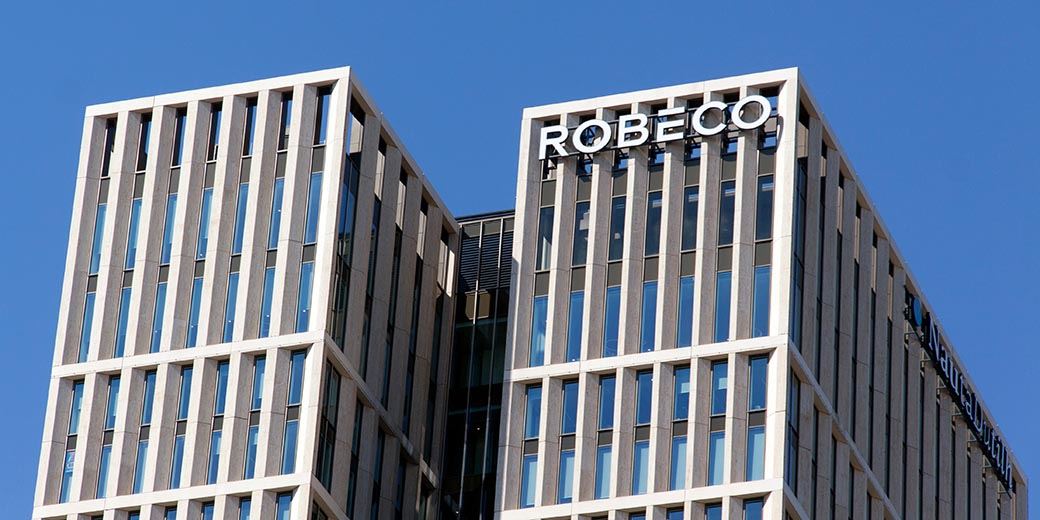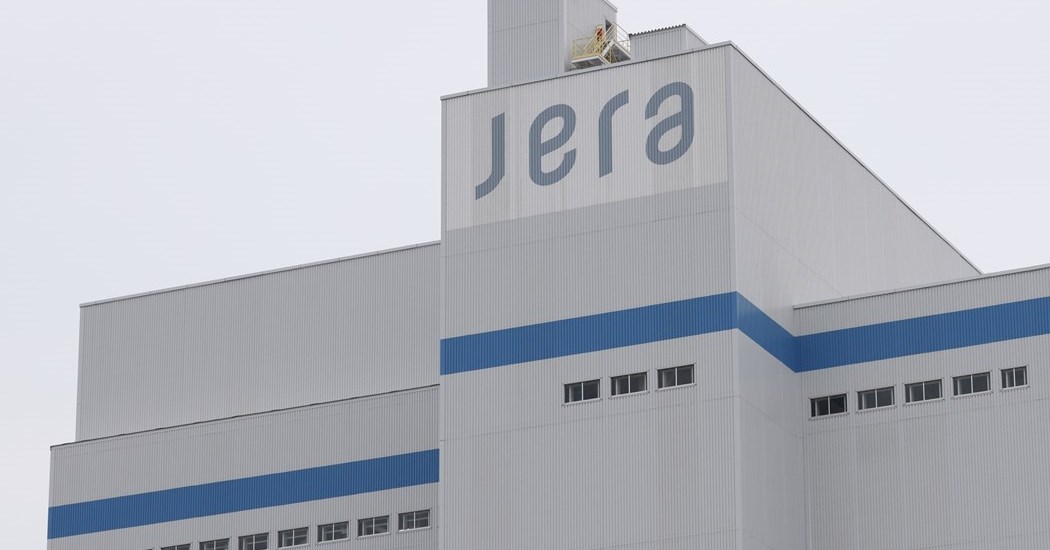Rent the Runway Wants to ‘Set the Standard for Sustainable Fashion

In its inaugural impact strategy, Rent the Runway aims to put sustainable fashion on the path for longer wears and a better planet.
Rent the Runway has revealed its impact strategy, building on a series of efforts to further publicize the environmental gains of renting.
For starters, renters will now see 100 percent of their carbon emissions offset, mitigating some of the blame on shipping back and forth. The company is also taking a bolder stance on environmental, social and governance measurement and reporting, including net-zero targets by 2040 when it comes to owned operations.
“We wanted to take a really unique approach to ESG because of the business model that we have,” Anushka Salinas, president and COO of Rent the Runway, told WWD. “We wanted to go beyond the typical commitments you see from brands: decarbonization and things like that. We wanted to highlight and clarify specific goals around moving garments. The LCA results really showed that Rent the Runway has incredible power in displacing apparel production.”
The impact strategy builds on previous marketing and data collection efforts.
Earlier this year, RTR collected what its marketing campaign called “junk” or “junk” fast fashion from customers at its flagship New York store. Even before that, the rental pioneer revealed its first-ever life cycle assessment showing it has displaced or saved 1.3 million new garments from production since 2010 thanks to buyers choosing to rent instead of sell. retail.
“For most companies in the fashion industry to grow, they have to produce more. Their ESG commitments are fundamentally at odds with the bottom line,” Salinas said. “Whereas for us, we are one of the few companies that really encourages people to buy less and use more.”
Salinas called RTR’s strategy and report an “investment-grade standard” that aims to “set the bar for sustainable fashion.” Rent the Runway is currently a member of the United Nations Global Compact and does not align with recent industry-favored initiatives such as the Science-Based Targets Initiative or the non-profit Sustainability Accounting Standards Board. .
As for some of the main goals of its ESG strategy, RTR aims to displace 500,000 garments from production by 2026, become net zero in owned operations by 2040 (its scope 3, or indirect emissions, baseline still is being established) and divert all clothing that can no longer be rented away from the landfill in favor of donation, reuse or recycling alternatives. The company also intends to phase out most (or 90 percent) of manufacturing waste from its repair and private-label processes, and phase out single-use plastic by 2023.
👉Read: Neiman Marcus Sets Ambitious Goals for Inaugural ESG Report, Which Was Years In the Making
The rental pioneer’s decade-deep repository of customer usage data (or about 27.1 million uses in key categories), supported the September study and further cemented the latest impact strategy. And wear data, as opposed to impact per pound, is something that is gaining traction among fashion sustainability advocates and researchers.
As of June 2021, Rent the Runway has made 4.1 million garment repairs to extend the life of its rental garments.
While a higher number, in this case, is better if it means more wear and tear is extracted from the clothing, it’s not exactly the best case scenario. “Most of the time I would say yes. The perfect garment that never needs to be repaired but lasts a long time, I mean, some of those exist,” Salinas said.
The strategy also sets specific goals around the principles of diversity, equity, and inclusion, including a commitment of $10 million in accrued spending for Black designers (since the company joined the 15 Percent Commitment) between the fiscal year 2022 and the end of fiscal year 2026, and to “maintain on average 40 percent racial and ethnic minority representation for its corporate U.S. workforce through fiscal year 2026,” among other calls.
Today, approximately 70 percent of Rent the Runway’s employees identify as women, half of its executive members identify as Black, Native American, and people of color, and more than half (or 55 percent) of its board of directors identify themselves as women.
Source: WWD (Women’s Wear Daily) & Rent the Runway










